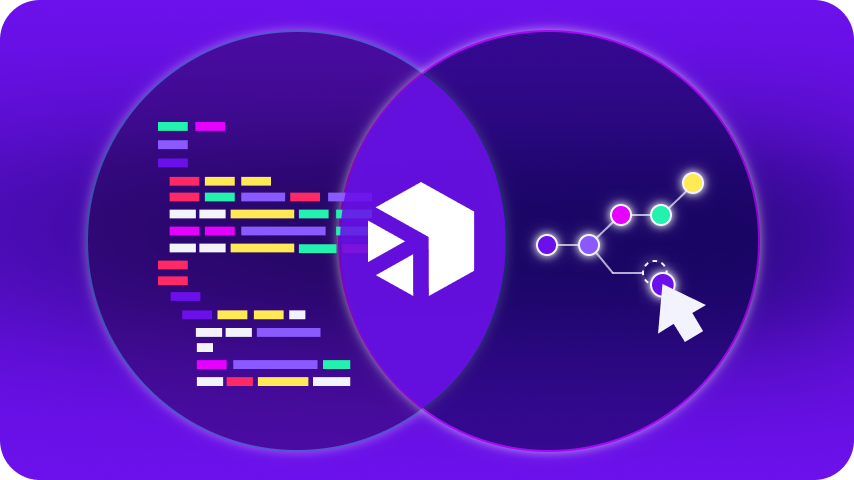November 2, 2022
It’s been two years since SAP announced it would sunset support for its on-premise ERP. There are five years until the current deadline. In business terms, five years seems like a comfortable window for change – in the technology world, five years is practically an eternity. With what seems like all the time in the world to migrate, is starting your SAP S/4HANA transition really that urgent?
The short answer: Yes.
The longer answer: Seriously, what are you waiting for? There are several reasons not to put off an SAP S/4HANA migration, no matter how daunting it may seem.
1. Other Systems Depend on It
Any unanticipated shift to a new technological system is a challenge. But your ERP isn’t just any old system. It’s a core system with many dependencies. You’ll need to examine the relationship between SAP and each solution or tool it interacts with before you can make the move.
Data migration is a crucial factor to consider when evaluating your SAP S/4HANA integration options. Overlooking a dependency before your migration begins can result in data loss and significant disruptions to your operations. Starting your S/4HANA transition now ensures you have as much time as possible to examine and address dependencies in your system.
2. Sometimes Things Go Wrong
Your SAP modernization efforts may well be your organization’s first real foray into the world of cloud, and preparing for the worst (while hoping for the best) is the smart move.
Even if your company has already embraced cloud-based solutions for other aspects of your business, it’s never wise to assume that everything will go exactly as planned. Something as simple as a lack of stakeholder alignment on the goals and priorities for your SAP S/4HANA transition can derail the entire process. The responsible move is to begin planning for the shift while the old system is still there as a reliable backup.
S/4HANA Migration has Benefits
It’s easy to think that your SAP S/4HANA transition is a massive evil task you’re being forced to undertake against your will. But migration can serve as a catalyst for your digital transformation journey and transform your ERP into a more strategic partner for other lines of business.
It can:
- Unlock potential for cost savings
- Reduce technical debt
- Improve efficiency
- Empower your team to innovate
Do you really want to delay that?
Simplify Your SAP S/4HANA Transition
Recognizing the benefits of moving forward now with your SAP S/4HANA migration doesn’t mean that all the challenges associated with doing so will simply vanish into thin air. Still, there are ways to simplify the process.
1. Learn from those who’ve already made the move.
- You’re developing a strategy for SAP modernization; you’re not reinventing the wheel. S/4HANA didn’t just appear when SAP announced its 2027 ECC sunset date. Plenty of companies – some with more complicated dependencies or niche legacy systems than you – have already made the transition. Learn from their experiences, mistakes, and successes as you develop your SAP S/4HANA roadmap.
2. Take time to inventory and understand your environment.
- One of the major arguments for mapping your journey to SAP S/4HANA now is that you’ll have more time to get things right. Every single system touching your on-premises ERP may also need modernization. Invest time in documenting systems and their dependencies, and carefully determine:
- What should be modernized as part of your migration
- What you can “lift and shift” for modernization in the future
- What can be eliminated or streamlined for greater efficiency
3. Find or build an SAP S/4HANA roadmap.
- Digital transformation isn’t a destination – it’s a journey. And there are plenty of guides available to help make the transition more manageable and less disruptive if you’re ready to ask for help.
- Find an existing framework or process with a proven record of success that will serve as a roadmap for your SAP S/4HANA transition, or partner with a vendor that has already completed the journey before and knows what to watch out for.
Choose Digibee for SAP Modernization
 Digibee’s low-code iPaaS can help simplify and accelerate your S/4HANA transition. We empower you to implement integrations 40% faster to decrease costs, reduce disruptions, reduce technical debt, and completely eliminate downtime. We’ve helped many organizations develop an SAP ECC to S/4HANA roadmap that works for them, and we’re proud to be a featured vendor in the SAP Store.
Digibee’s low-code iPaaS can help simplify and accelerate your S/4HANA transition. We empower you to implement integrations 40% faster to decrease costs, reduce disruptions, reduce technical debt, and completely eliminate downtime. We’ve helped many organizations develop an SAP ECC to S/4HANA roadmap that works for them, and we’re proud to be a featured vendor in the SAP Store.
Download your copy of Digibee’s 6-step process to de-risk and speed up your SAP S/4HANA Migration to learn how to make your migration easy and risk-free.
For more information, visit our SAP resource page.













